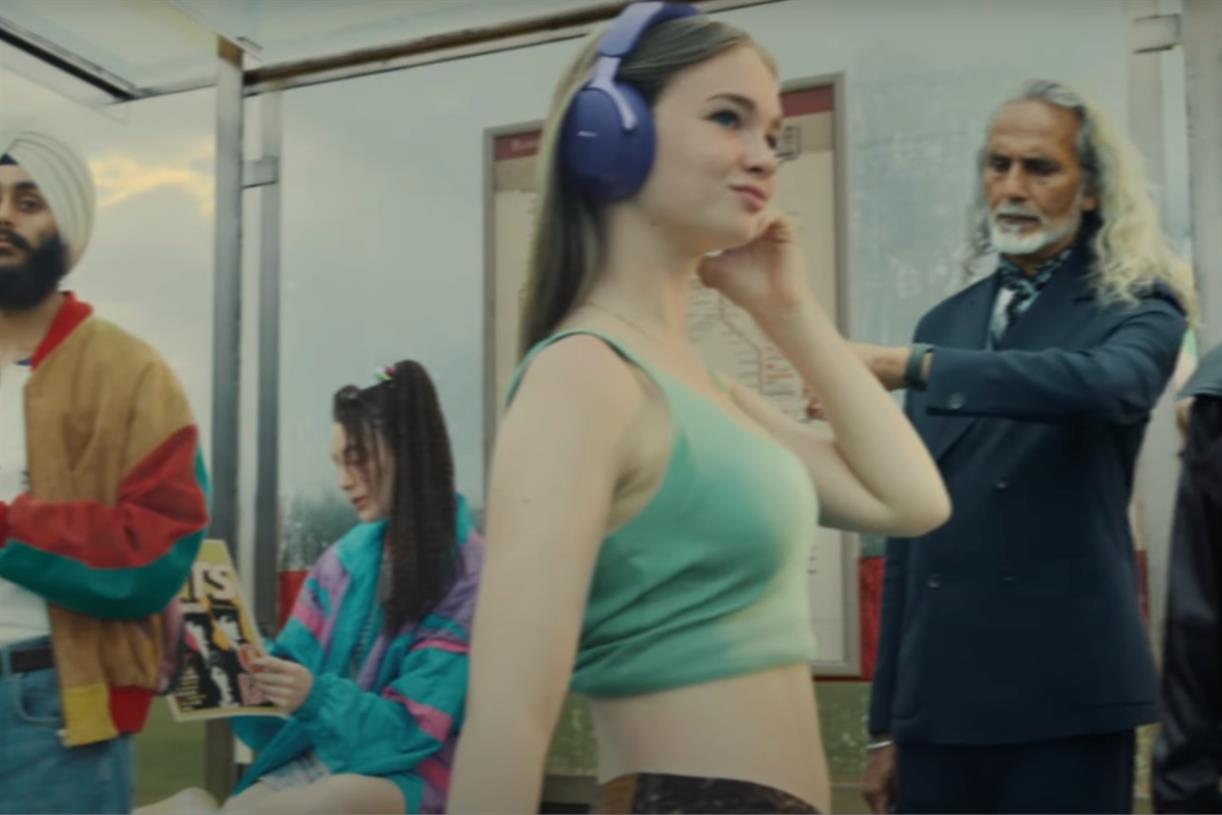Why Tiktok trails Instagram in influencer ad spend
Although TikTok might be the hot platform for brands to be on, they have put far more dollars into their Instagram influencer marketing.

Although TikTok might be the hot platform, brands have put far more dollars into their Instagram influencer marketing.
Instagram is on track to capture nearly three times the amount of influencer marketing spend compared to TikTok, according to a new report from Insider Intelligence. This year, marketers spent $2.23 billion on Instagram influencer marketing, compared to $774.8 million on TikTok, $948 million on YouTube and $739 million on Facebook.
Subscribe to Ad Age
Sign up now for the latest industry news and analysis
Instagram recently made headlines when both celebrities and everyday users voiced their exasperation at Instagram trying to become more like TikTok. In response, Instagram said it would temporarily walk back a test of full photos and videos on the home feed, as well as the number of recommended posts. The changes come as Instagram and the other platforms vie to attract more creators. The report estimates that 74.5% of U.S. marketers will use influencer marketing in 2022, and influencer marketing spend will rise by 27.8% to $4.99 billion this year.

Credit: Insider Intelligence
“TikTok is surging in popularity for influencer marketing, but it’s still nowhere near Instagram in terms of spending or marketer adoption,” said Insider Intelligence principal analyst Jasmine Enberg. “That’s in part due to the higher prices Instagram creators charge for content, but also because of its wide array of content formats, most of which are now shoppable. Still, Instagram is trying to be more like TikTok so that it can attract smaller creators, which TikTok is known for. That’s key for Instagram to retain its lead in the influencer marketing space, especially as many creators on TikTok now boast follower counts that rival or surpass those on Instagram and YouTube.”
The majority of influencers being tapped across platforms are mid-tier influencers, with brands spending $1.63 billion on them this year, followed by macro-influencers at $1.34 billion, and micro-influencers at $1.10 billion. The report expects that spending on nano-influencers will increase 220% this year from $390 million to $1.23 billion.

Credit: Insider intelligence
“Smaller creators tend to offer marketers more bang for their buck,” Enberg said. “It’s generally cheaper for brands to work with nano- and micro- influencers than those with larger followings, and smaller creators usually have higher engagement rates on sponsored content. On the creator side, brand partnerships remain their No.1 source of income, as most small creators don’t have their own product lines, and supplementary revenue streams don’t bring in enough money for them to earn a living.”

 Konoly
Konoly 



























